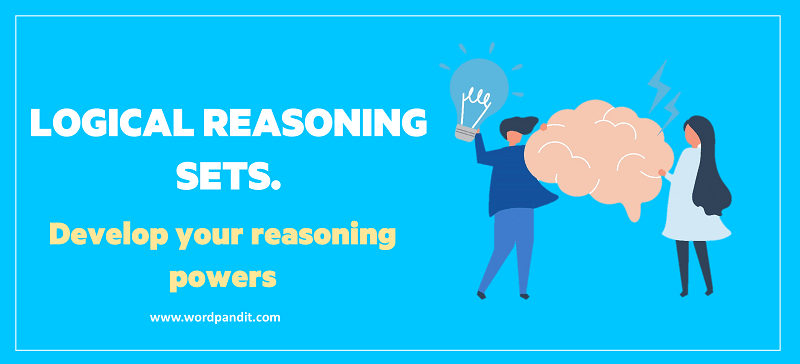Logical reasoning problems: Logical reasoning problems that boost your logical abilities
Logical reasoning problems will help put your concepts to test. Therefore, do not move out one concept before practicing some problems on that topic. Through this practice, gauge your performance and improvement and try making the most of it. Logical reasoning problems come with detailed solutions. Therefore, going through a variety of logical reasoning problems also means going through the in-detailed solutions to find better ways to solve already attempted problems and new methods to solve problems your were unable to solve.
Directions for the question set:
Study the following information and answer the questions given:
Seven people A, B, C, D, E, F and G are sitting in a circle. Five of them are facing the centre while two of them are facing opposite to the centre. C sits third to the left of D and both are facing the centre. E is neither an immediate neighbour of D nor of C. The one sitting exactly between D and F is facing opposite to the centre. G sits third to the right of A and G is facing the centre. One of B’s neighbour is facing opposite to the centre.
Question 1: Which of the following pairs represents persons, facing opposite to the centre?
(a) A and F
(b) E and F
(c) G and E
(d) Cannot be determined
(e) None of these
Question 2: Who is sitting second to the left of A?
(a) C
(b) G
(c) E
(d) B
(e) None of these
Question 3: Who is sitting to the immediate left of E?
(a) C
(b) G
(c) B
(d) A
(e) None of these
Question 4: What is the position of F with respect to B?
(a) Fourth to the left
(b) Second to the right
(c) Third to the right
(d) Second to the left
(e) None of these
Question 5: If all the persons are asked to sit in a clockwise direction in an alphabetical order starting from A, the position of how many will remain unchanged, excluding A?
(a) Three
(b) One
(c) Two
(d) None
(e) Four
Answers and Explanations: Click the down arrow to expand
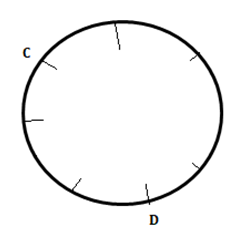
For statement the one sitting exactly between D and F is facing opposite to the centre we need to draw two arrangements but statement E is neither an immediate neighbour of D nor of C. remove one possibility because there is only one place left for E so, F will be on the left of D and neighbour of C.
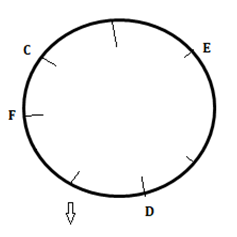
G sits third to the right of A and G is facing the centre Only one position satisfies the above statement that is A is between C & E and g is between F & D also face opposite to centre.
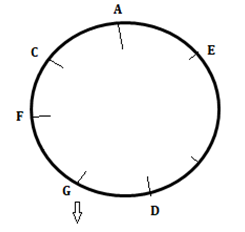
One of B’s neighbour is facing opposite to the centre. That is D is towards centre so E is opposite to centre. B sits between D & E.
Final arrangement will be

Answer 1: (c) G and E are the pair opposite to the centre. The correct option is (c)
Answer 2: (d) B sits second to the left of A. The correct option is (d)
Answer 3: (d) A is sitting to the immediate left of E. The correct option is (d)
Answer 4: (e) F is third to the left of B. The correct option is (e).
Answer 5: (c)
New arrangement will be
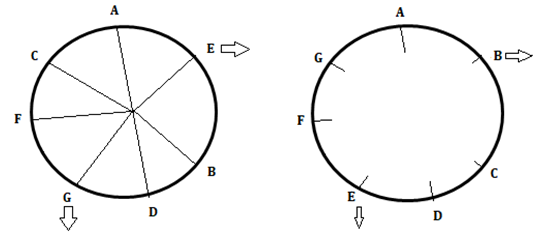
The position of D and F will remain unchanged. Correct option is (c).
Extra tips for logical reasoning problems:
• Build an approach during the mock appearing stage to solve logical reasoning problems and use that attempt planning in the main exam.
• While solving logical reasoning problems, it often happens that there are multiple possibilities in the initial steps. Make sure you account for those and do not miss considering any case.
• Solve logical reasoning problems from various topics to sharpen your analytical abilities and work on your speed.

